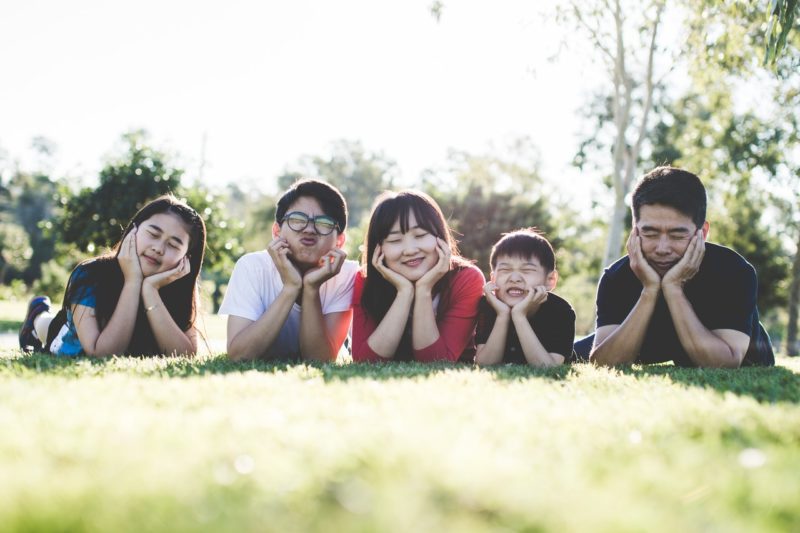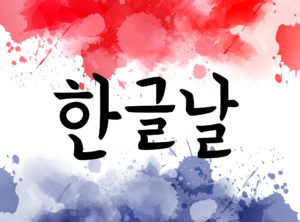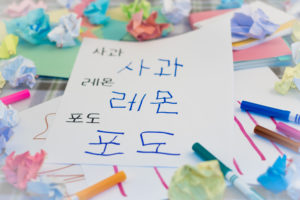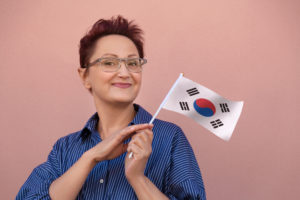Your Complete Guide to Korean Family Culture
Family relationships are crucial in South Korea. The unique family values every household upholds make Korean society the way it is today. By discovering Korean family culture, you can gain valuable insight into how traditions, values, and behaviors influence a nation. And if you’re learning Korean, there’s no better way to learn about Korean culture, than looking at an average Korean family.
Traditional Korean Family Culture
Confucian philosophy defined the traditional Korean family structure. By placing family harmony over individual happiness, many Koreans emphasized the importance of family, rather than self-expression.
Traditional Korean families were patriarchal. The father/husband was the head of the family. He expected obedience from his wife and children. In return, he provided kindness, guidance, and protection. Age also defined a person’s place in the family, with younger people being subordinate. For example, a younger brother would agree with his elder brother, deferring to his opinion when necessary. And all children would show respect to the parent. If there were grandparents, their opinion would hold the most sway.
Family loyalty was paramount. Korean society was collectivist, and families functioned as a single unit. Each member had to reflect well on his or her family.
Korean Family Culture After the War
Modernization of the Korean Family happened after the Korean War. Women moved to more equal footing. While traditionally it was the father’s responsibility to discipline the children, now mothers often share this obligation. But the family still remains important and at the center of Korean culture.
In Korea, ties between parents and children are very strong. Parents take raising their offspring as a serious duty and have high expectations for them in terms of academics and career success. This often puts immense pressure on Korean youth.
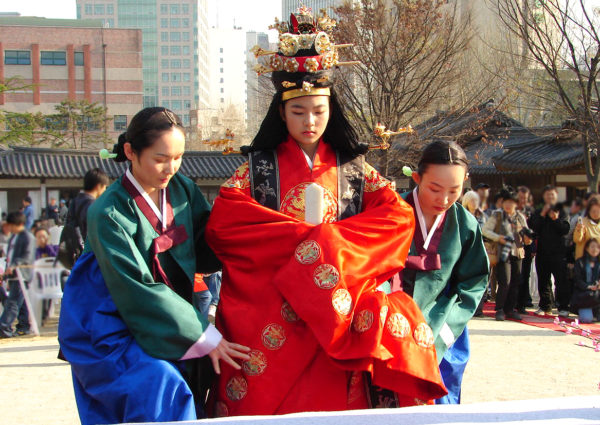
Modern Family Life in South Korea
Korean has modernized and Westernized. Yet, Korean family culture retains many of its traditional customs. For example, many young people still take part in ceremonies where they honor their ancestors. But, not everything has remained unchanged.
Younger Koreans, influenced by technology and media, are less family-focused. They no longer see themselves as part of a family collective. Instead, they focus on individual empowerment. This has caused family tensions. Parents and grandparents grow increasingly upset with children who don’t take care of them, abandoning traditions and leaving them to care for themselves. On the opposite side, children and grandchildren feel that this structure is outdated and too restricting.
While in traditional times it was typical for aged parents to live with their grown children, in modern times this is less common. Older Koreans are also expressing more independence. Many prefer to live alone or with just their spouses.
Dating and Marriage in Korean Culture
Arranged marriages used to be traditional and common in Korea. Whether or not a couple liked each other was less important than if it made sense for the families to merge. However, that’s not exactly the case in today’s Korean family culture.
When dating, young South Koreans are not as bold as their Western counterparts. They often participate in group dates or agree to blind dates set up by friends and parents. Arranged marriages are still common, though the dynamics have changed.
While most still want to merge families, parents understand that modern marriages are more egalitarian. Young Koreans typically consider all genders and orientations to be equal. And it’s more common for both spouses to make important decisions together. More women work today and more men help care for children and do household chores.
Parents will still arrange for their children to meet suitable partners but then let the couple decide if they want to pursue the relationship. They recognize that their children seek partnerships based on communication, companionship, and affection.
Korean couples express their craving for romance through the many events they celebrate. While Western cultures have Valentine’s Day, Koreans have many more dates to celebrate. They hold these celebrations on the 14th of every month. These are called Rose Day, Wine Day, and Kiss Day. And while Korean couples celebrate their anniversaries once a year, Koreans also remember their 100th, 200th, and 1000th day together.
The Marriage Ceremony
Modern weddings are more common these days in South Korea, with the groom in a tuxedo and the bride in a dress. However, these modern wedding receptions are often followed by a traditional “Pyebaek”. These are family-only gatherings where the groom and bride change into traditional Korean dress and bow to their family members.
Korean women typically keep their own names after marriage, so it’s highly likely that a husband and wife will have different family names. However, children take their father’s family name.
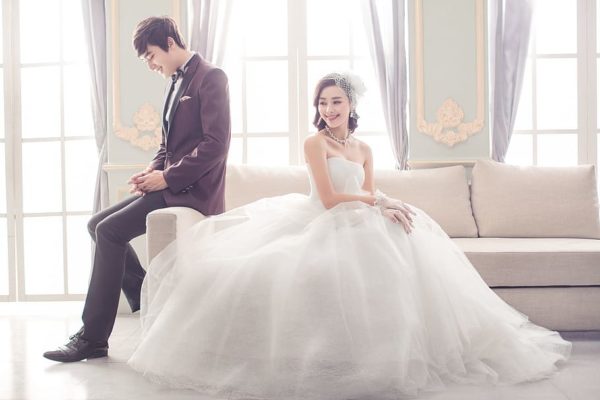
The Divorce Rate in South Korea
The divorce rate went up slightly in 2019, from 2.1 to 2.2 per 1000 inhabitants. Due to the lower stigma attached to divorce, more people are leaving unhappy marriages. The acceptance of alternative families such as single-parent households has also increased. Meanwhile, marriage rates have decreased.
Titles and Designations for Family Members
Korean family culture also influenced the language. Korean uses honorifics to show respect to seniors. And they speak the informal language to younger family members.
Here are some illustrations about the differences:
English |
Korean Informal |
Korean Honorific |
Have a meal |
Bap meokda |
Jinji japsusida |
Thank you |
Gomaweo |
Gamsa-deurimnida |
Bye |
Jal isseo |
Annyeong-hi gyesipsio |
Since names and titles may vary slightly depending on the generations involved, it’s best to ask when in doubt.
Even outside the family, it’s important to be polite to older people and greet them by their title. With those you are younger or around the same age, you might be able to call them by their given name.
There are two ways to do this:
- Formal: If your sentences end in ‘요’ [yo] or ‘입니다’ [imnida], then you should add the word ‘씨’ (sshi) to the end of their given names. For example, Kim Bo-Kyeong would become Bo-Kyeongshhi (보경씨). Be careful not to use ‘씨’ with family names; never say ‘Kim-sshi’ (김씨).
- Informal: Only use with friends or your partner. Rather than adding ‘씨’ to the end of their name, you should add ‘아’ (a) or ‘야’ (ya). If the name ends in a consonant, then you should use ‘아’. For example, ‘보경’would become ‘보경아’ (Bo-Kyeong-a). If the name ends in a vowel, you should use ‘야’, for example ‘유나야’ (Yu-na-ya).
Important Family Celebrations
In addition to marriage, there are other significant events celebrated by families. And it’s important to spend time together as a family on these occasions.
Births
- Baekil: An occasion celebrating the 100th day of a baby after their birth. This tradition originates from a time when survival rates for new-born babies were very low. That’s why this day marked a critical day in a babies’ life. Today, Korean family members eat rice cakes, honey cakes, and seaweed soup to celebrate baekil.
- First Birthday: This celebration is commonly known as Dol (돌). Both family and close friends receive an invitation to the baby’s first birthday party. The baby wears traditional Korean garments and the families serve traditional food. There’s also a special ceremony called “doljabi” that takes place on these parties. During this ritual, the baby grabs an item from a group, then they say a blessing depending on which item the child took. In recent times, this event is often celebrated at restaurants or event halls.
- Birthdays: Koreans serve seaweed soup for breakfast on birthdays. Sometimes family and friends get together to celebrate. Guests will bring gifts or give money.
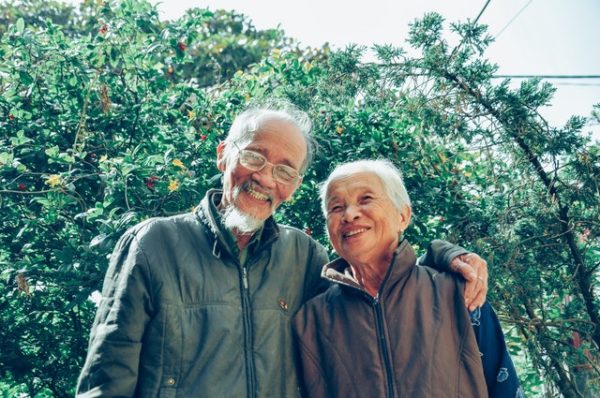
Banquets for Longevity
- Hoegap: When a person turns 60, his or her children typically prepare a large party celebrating their long and healthy lives. As average lifespans have increased, these celebrations have gotten simpler. Often, in recent years, the children will send their parents on vacation instead of holding a feast, or give them a special gift.
- Gohiyeon: When a person turns 70, a large party is held. Relatives and close friends get together and many bring presents.
Funerals
The family of the deceased will prepare mourning clothes and dress the deceased. Guests attending a “munsang”, or funeral ceremony, should avoid wearing bright colors and dress in either black or other dark colors. It is important to pay respects and pray with the family and to offer money as a means of expressing condolences.
Reach Korean Fluency Fast
Korean family culture is fascinating. Putting family first creates strong bonds between Korean family members. These relationships are definitely unique and in many ways, admirable. While it’s hard to generalize Korean families, there’s one thing they all have in common: they all speak Korean.
If you want to reach Korean fluency, OptiLingo’s the best choice. This language learning app gives you the most commonly used phrases, so you’ll only learn useful vocabulary and expressions. And you’ll know exactly how the locals speak. Discover how effective OptiLingo’s method is by downloading the app!

